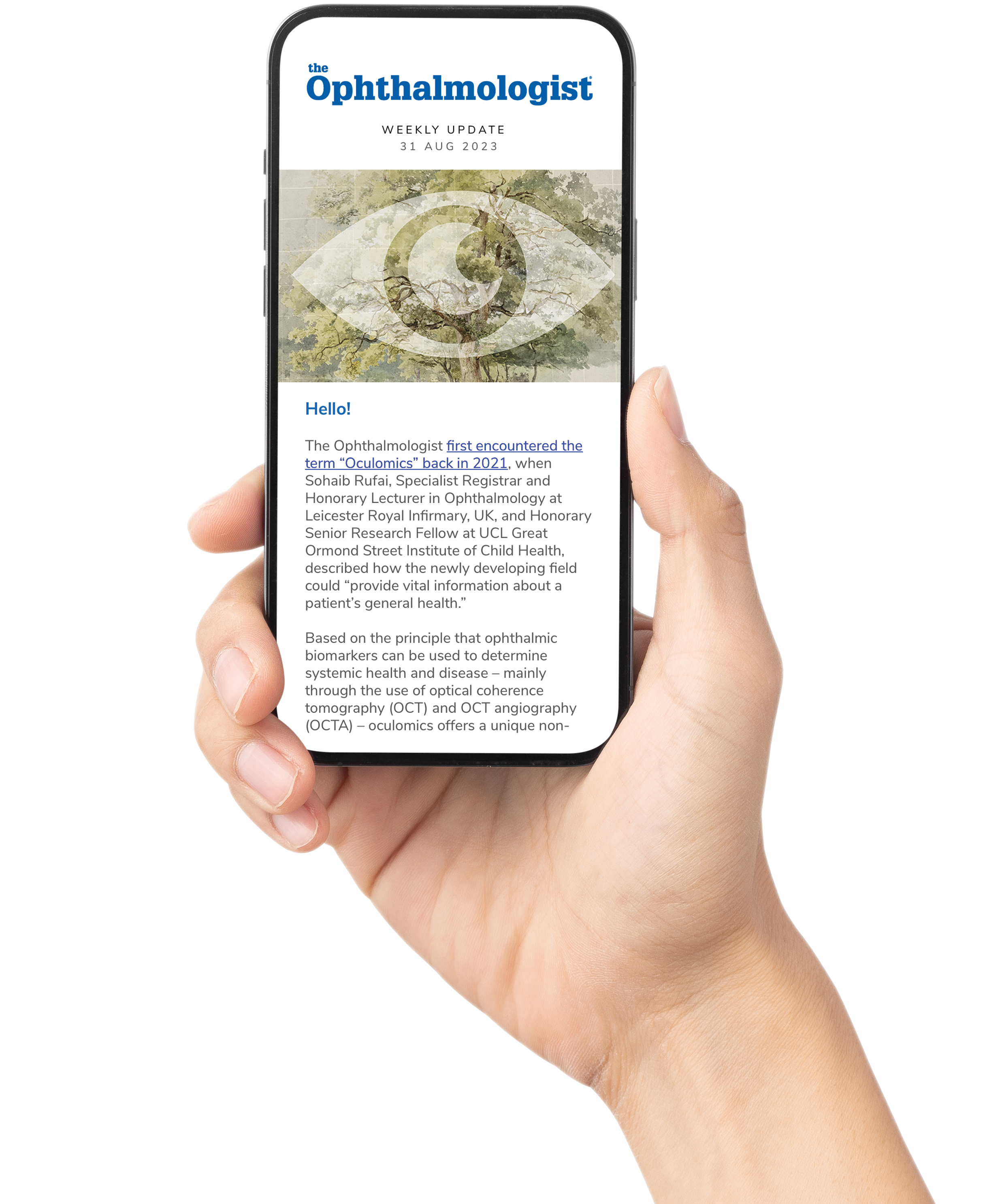
Lokilech, CC BY-SA 3.0 <http://creativecommons.org/licenses/by-sa/3.0/>, via Wikimedia Commons
AI algorithm for at-home OCT. Notal Vision has announced the results of a pivotal study evaluating the performance of an artificial intelligence (AI) algorithm for the estimation of key biomarkers in neovascular AMD using a home-based optical coherence tomography (OCT) system. Link
New indication for Susvimo. Roche’s wet age-related macular degeneration (AMD) treatment, Susvimo (ranibizumab injection), has gained FDA approval for the treatment of diabetic macular oedema (DME) patients. The new indication approval comes after the company voluntarily recalled the injection back in 2022 due to manufacturing concerns, before reintroducing it to market in July 2024. Link
Link between hs-CRP, RAO, and ischaemic stroke. A recent British Journal of Ophthalmology study has shown that elevated high-sensitivity C-reactive protein (hs-CRP) levels are significantly associated with an increased risk of both retinal artery occlusion (RAO) and ischemic stroke (IS). Link
Retinal fluid and nAMD. An Ophthalmology & Therapy review exploring the role of subretinal fluid (SRF) and intraretinal fluid (IRF) in neovascular age-related macular degeneration (nAMD) concludes that IRF should be treated aggressively because it is associated with poorer visual outcomes, whereas mild SRF may be tolerated without significantly affecting vision – potentially even providing protective effects against macular atrophy and fibrosis. Link
3D Printing for Retinal Implants. Researchers from RWTH Aachen University have developed the 3D-printed large-array port-system (3D-PLAPS) to improve the surgical implantation of large epiretinal stimulators for retinitis pigmentosa (RP). The device stabilizes intraocular pressure (IOP), seals the incision site, and enables precise, controlled implantation of very large electrode arrays (VLARS), reducing surgical trauma. Though further in vivo testing is needed, the study demonstrates that 3D-PLAPS can be implanted and removed safely without compromising ocular integrity. Link
